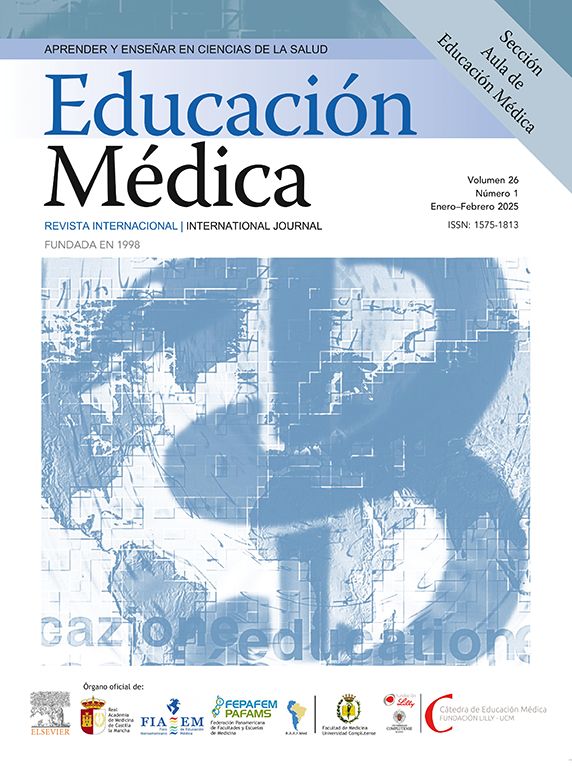
Information has been proliferating on traditional and social media since the COVID-19 pandemic.1 Health workers are the first line of providing information about this disease. However, sources of information about COVID-19 in healthcare workers in Latin America are unknown.
Therefore, a cross-sectional study was conducted among 1321 attendants of the videoconference about COVID-19 transmitted via YouTube organized by the Latin American Federation of Scientific Societies of Medical Students (FELSOCEM). An online questionnaire was used through Google Docs and the data was exported for analysis to Microsoft Excel.
The participants were from 17 Latin American countries, 40% were male and the median age was 29 years. The majority (72.1%) were medical students, (24.1%) were doctors and (3.8%) were other healthcare workers. 462 respondents (34.9%) reported specialized journals indexed in databases as the main source of information on SARS-CoV-2/COVID-19, followed by 426 respondents (32.2%) who get information from social media (Facebook, Twitter and Instagram), 366 (27.7%) from Google and 67 (5.07%) from YouTube. Additionally, the total sample considered that more academic training courses on COVID-19 are needed.
Notwithstanding its limitations, this is the first study to explore the sources of information on SARS-CoV-2/COVID-19 in Latin American medical students, physicians and health workers. Unlike a previous report in Paraguay, where the sources of information most used by medical students were Google in 82%,2 in this study specialized journals and social networks are the most used as sources of information on COVID-19, which is interesting, due to the emerging role of different social networks in the search for academic and scientific information at all levels of training.
The findings of this report suggest that in times of pandemic, the availability of scientifically correct information in social networks becomes prevalent, as well as the development of Massive Open Online Course (MOOCs),3 to guarantee an adequate level of knowledge in medical students and health workers.
Sources of fundingNone.
Conflicts of interestNone.







